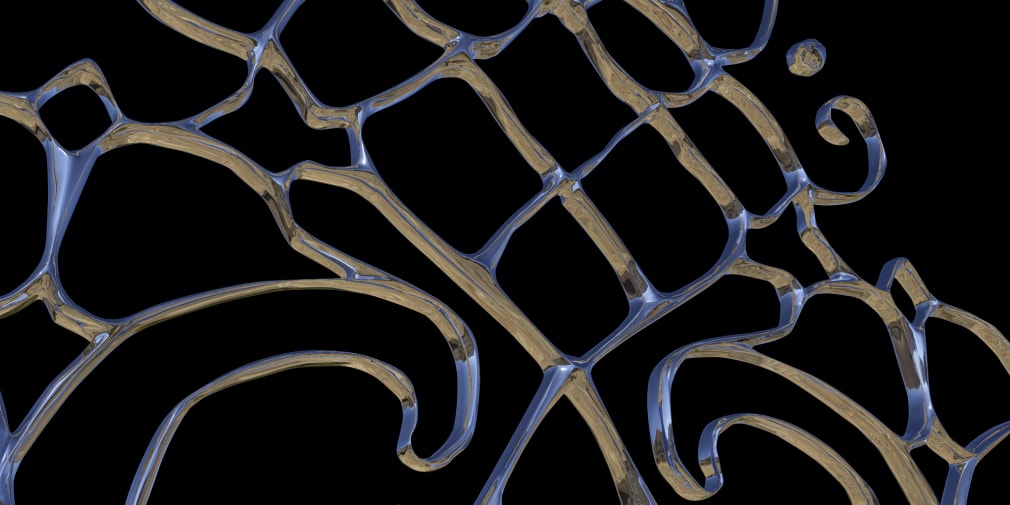Guiding policy 3
Creating a better world
Climate injustice. Disinformation. Structural racism. Regional and economic inequality.
At home and abroad, society is beset with deep-rooted social, cultural, environmental, and economic problems.
Through our research and partnerships, and by targeting the sectors that matter, we can help solve them, and in doing so create a better world.




What we'll do
- Focus our research, knowledge exchange and enterprise activities in areas that deliver the biggest social, environmental and economic impact.
- Seek to grow our research income to be able to make a bigger contribution to the knowledge economy and those chosen areas.
- Increase our digital research footprint in creative technologies.
- Develop our infrastructure to support research, knowledge exchange and enterprise, building an environment that supports entrepreneurial activities for our students, alumni and staff.
- Tell a story about how creativity can change the world and build strong relationships with our communities and partners to achieve change in society.
- Develop the new portfolio of Chief Social Purpose Officer.
What we’re doing now
Case Study 1: Centre for Sustainable Fashion
The global fashion industry produces 2.3 billion tonnes of CO2 each year - 4% of the total. The fast fashion industry, meanwhile, creates 92 million tonnes of waste. UAL’s Centre for Sustainable Fashion, a research centre based at London College of Fashion, was founded in 2008 to change this. In the past 5 years, it has delivered 25 pieces of research, knowledge exchange and education projects with a total value of £5 million and worked with many companies. For example, it partnered with UK fashion brand Asos which resulted in the launch of a 29-piece collection designed with circular economy principles in mind.
Case Study 2: The Creative Arts and Climate
Creative education must play its part in averting climate catastrophe. Central Saint Martins hosted two major research projects to do just this. A first, Materialising Data: Embodying Climate Change, uses the visual arts to present climate data, often impenetrable to a general audience, in a way that is accessible. A second project, Architecture After Architecture, meanwhile, speculates on what kind of architecture might be necessary if we are to face the climate emergency.
Case Study 3: Research and Knowledge Exchange
Structural racism is deep-seated. History can help us better understand the present, creating a guide to the future. To share that knowledge, UAL exhibited We Will Walk, which revealed the little-known history of African-American ‘yard art’ which was shaped by the Civil Rights period of the 1950s and 1960s. It showed the work of Black artists and provided an insight into Black life in the American South after slavery. The project produced a new way of exploring the relationship between activism and visual and material culture. It achieved this by making connections between the protests of the Civil Rights movement and contemporary Black Lives Matter activists.
Case Study 4: UAL Decolonising Arts Institute
Too often, the work of Black and Asian creatives is under-represented in public life. In 2017, research by the Department for Education found children in UK schools, of whom 31% are from ethnic minority backgrounds, were introduced to the visual arts by teachers who are 94% white. UAL’s Decolonising Arts Institute was founded to help change this. In November 2021, it received a grant from the Freelands Foundation as a contribution towards this work. UAL’s three-year programme will place 20 Black and Asian artists on residence at top art organisations across the UK. They will oversee new commissions for permanent collections.
Case Study 5: The Refugee Journalism Project
The experiences and perspectives of refugees often struggle to find a place in the mainstream media. Since 2016, however, our Refugee Journalism Project has helped both displaced and exiled journalists and storytellers restart their careers. The project helps create connections in the UK journalism industry, providing opportunities for participants to build contacts and publish their work.
-
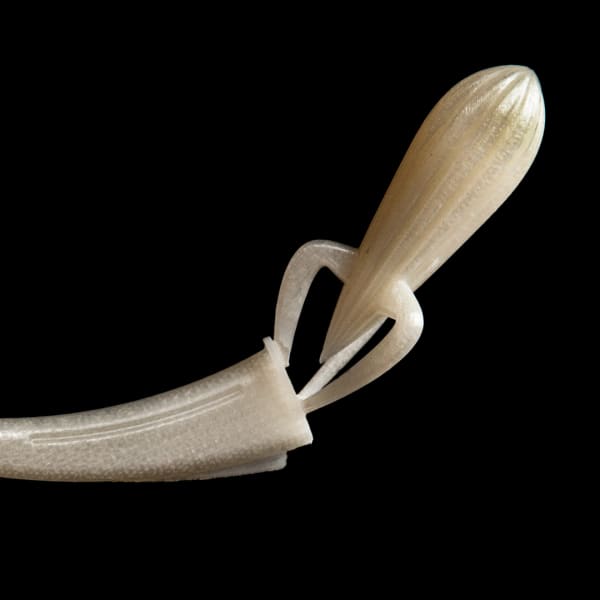
Isabella Furness, 2021 BA Fine Art, Central Saint Martins, UAL | Photograph: Grey Moth
-
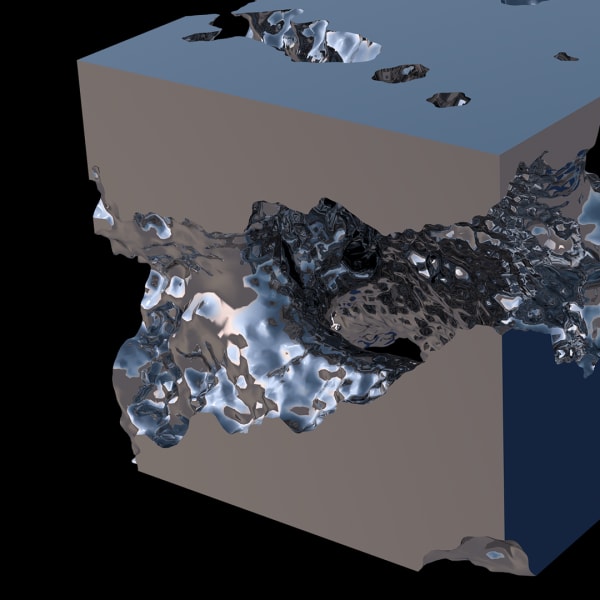
‘Imagination cubed’, Nicola Constantina, 2023 MA Art and Science, Central Saint Martins, UAL
-
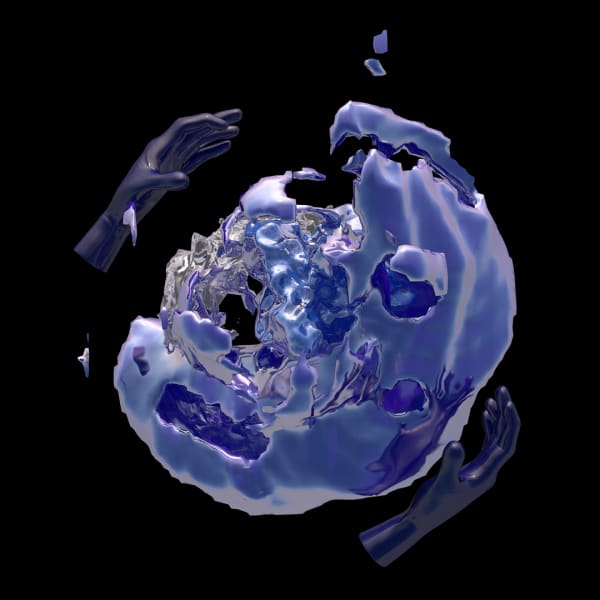
Kate Petersons, 2023 BA Design for Branded Spaces, London College of Communication, UAL
-
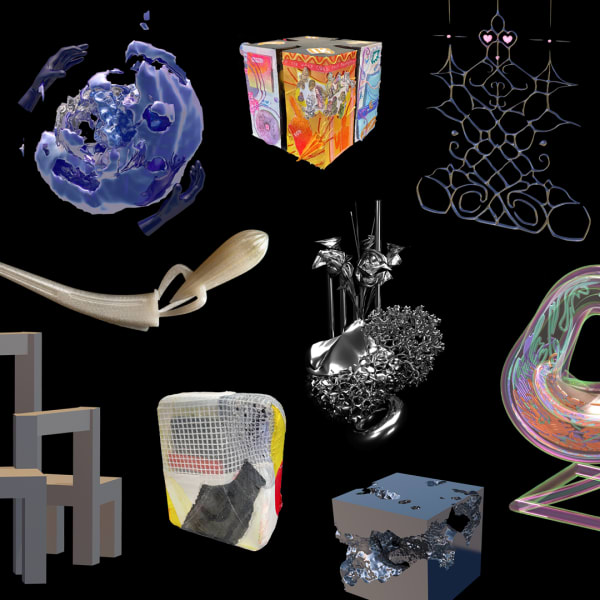
Artefacts created by current students and graduates, 2022 UAL | Campaign design direction: Brand and Creative Services, UAL

